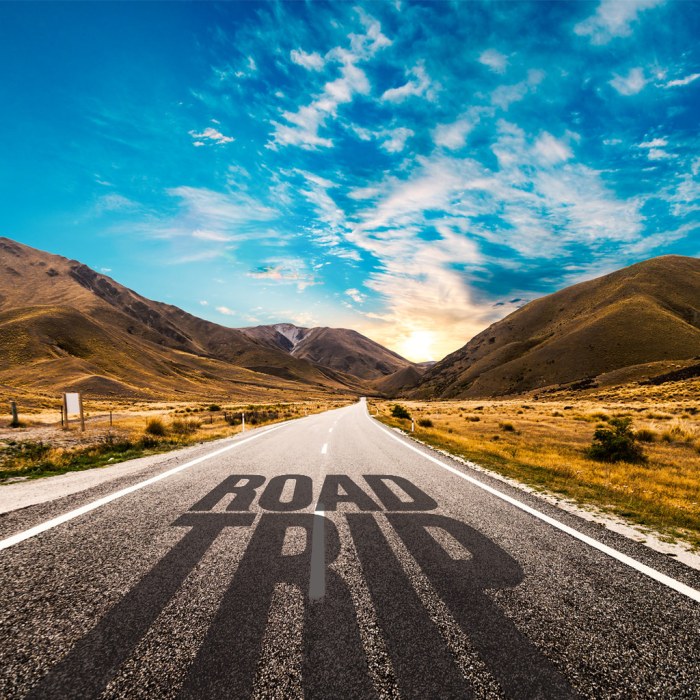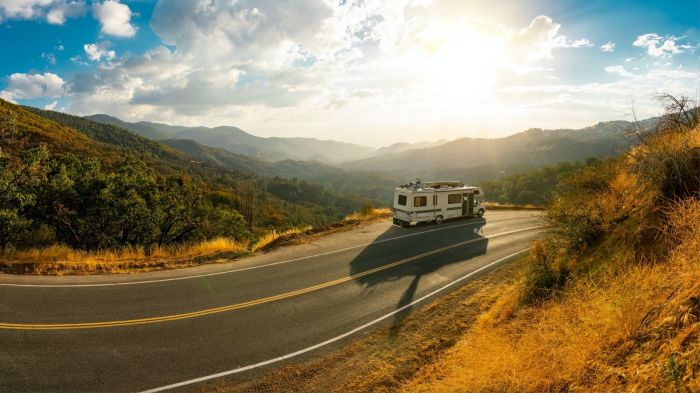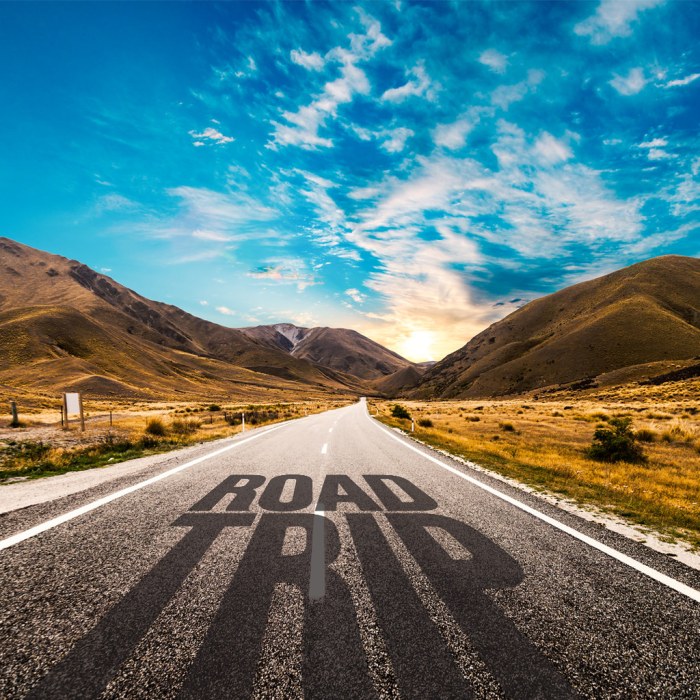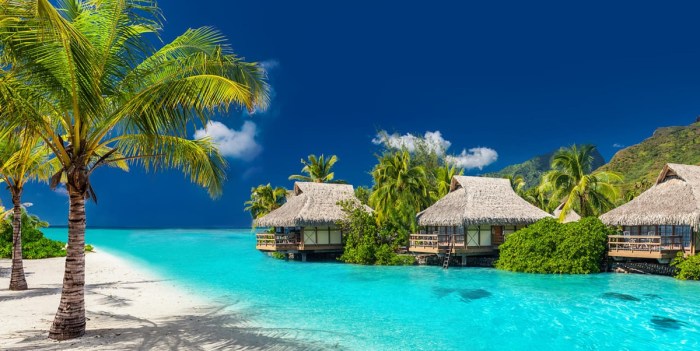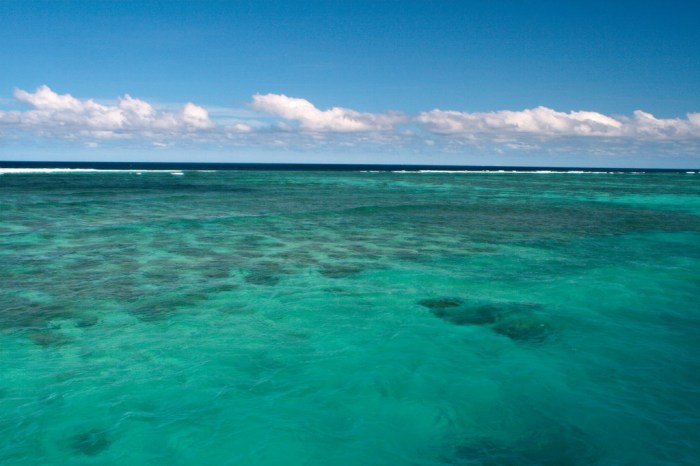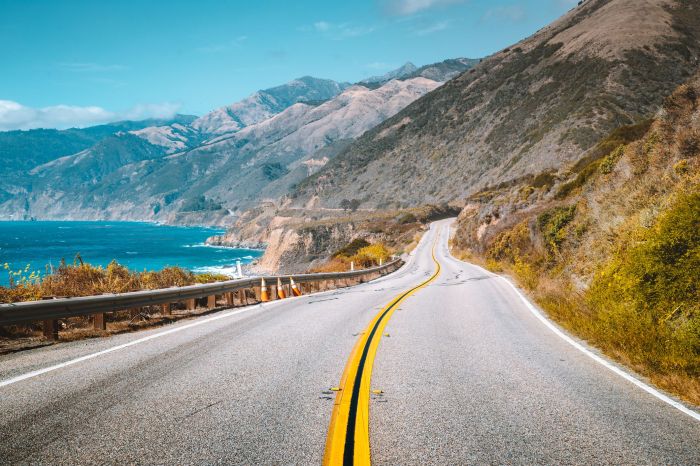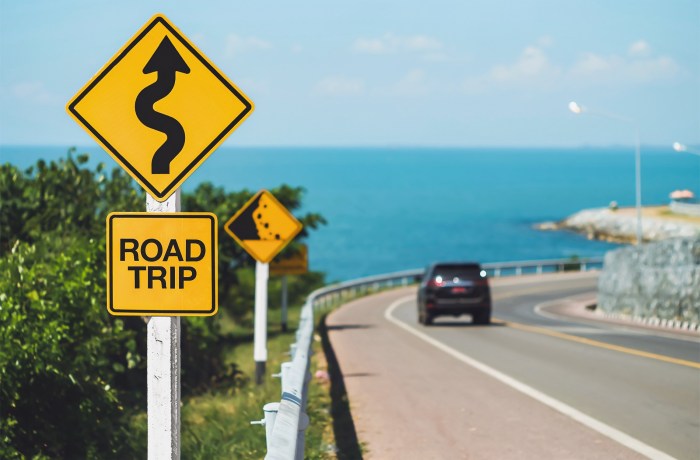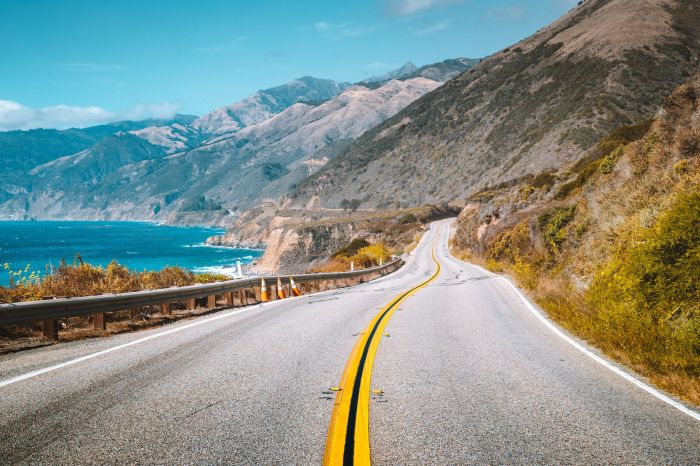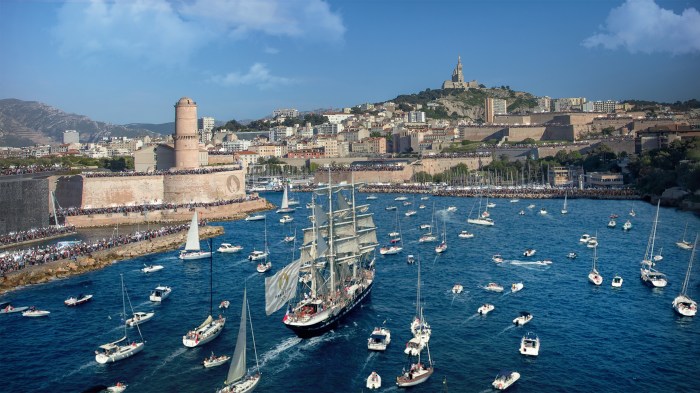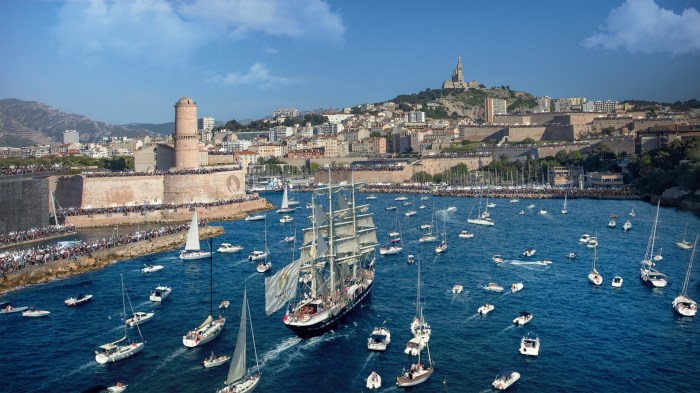Best time to visit Mongolia? This comprehensive guide dives deep into the ideal seasons for experiencing the breathtaking landscapes and rich culture of this unique country. From vibrant festivals to wildlife sightings, we’ll uncover the perfect time for your Mongolian adventure, considering everything from weather patterns to cultural events.
Understanding Mongolia’s diverse climate is key to planning the perfect trip. Different regions experience varying temperatures and weather conditions, influencing the best time to visit for specific activities. We’ll explore these regional differences and provide specific recommendations for everything from hiking to nomadic experiences.
Overview of Mongolia’s Seasons
Mongolia’s dramatic landscape and vast expanse are shaped by its unique climate, characterized by distinct seasonal changes. Understanding these seasons is crucial for planning any trip, ensuring you experience the best of Mongolia’s natural beauty and cultural experiences. The weather varies considerably across the country, with the vast steppes experiencing vastly different temperatures compared to the mountainous regions.The country’s diverse terrain and continental climate contribute to a wide range of weather conditions.
From scorching summers in the south to frigid winters in the north, planning your visit around the optimal time for your chosen activities and destinations is essential. This overview will detail the four seasons, highlighting their unique characteristics and temperature ranges across various regions.
Mongolia’s Spring
Mongolia’s spring is a time of rebirth and renewal, marked by the thawing of the frozen landscapes and the return of life to the steppes. Temperatures begin to rise, and the days lengthen, making this a popular time for outdoor activities. The snow melts in the mountains, creating streams and rivers, which eventually provide sustenance to the growing vegetation and wildlife.
Spring in the southern regions can be quite pleasant, with temperatures ranging from 10°C to 25°C. The north, however, remains chilly, with temperatures fluctuating between 0°C and 15°C.
Mongolia’s Summer
Summer in Mongolia is characterized by long, sunny days and warm temperatures. This is the peak season for wildlife viewing and outdoor activities. The steppes become lush and green, and the high altitude grasslands provide stunning vistas. However, the days can be scorching, with temperatures reaching as high as 35°C to 40°C in the south, and 25°C to 30°C in the central and northern regions.
This season is best suited for hiking, camping, and experiencing nomadic life.
Mongolia’s Autumn
Autumn in Mongolia brings vibrant colors to the landscape, as the grasses and trees transition from green to gold, orange, and red. This period is known for its crisp air and pleasant temperatures, ideal for hiking and exploring the scenic beauty of the countryside. Temperatures drop more dramatically in the north than in the south, making this a season of contrasts.
The south experiences temperatures ranging from 5°C to 20°C, while the north experiences a drop to -5°C to 10°C. The stunning scenery is at its peak, making this a great time to experience Mongolia’s natural beauty.
Mongolia’s Winter
Mongolia’s winter is a time of extreme cold, with temperatures dropping significantly below freezing across the country. Snowfall is common, and the landscape is often covered in a thick layer of snow, creating a serene and unique beauty. The coldest temperatures are experienced in the north, often plunging below -20°C. The south, while still cold, experiences temperatures generally ranging from -10°C to 0°C.
This season is best suited for those seeking a unique winter experience, such as a visit to a yurt camp.
Regional Variations
The climate in Mongolia varies significantly depending on the region. The Gobi Desert, located in the south, experiences extremely hot summers and frigid winters. The Altai Mountains, in the west, offer a cooler climate, with more snowfall and a higher altitude. The vast steppes in the central regions experience moderate temperatures, with more consistent variations than in the extreme north or south.
The different regions of Mongolia offer distinct landscapes and weather patterns.
Best Time to Visit by Region
| Region | Month | Temperature | Activities |
|---|---|---|---|
| Southern Gobi | April-May, September-October | 10°C-25°C | Hiking, wildlife viewing, cultural experiences |
| Central Mongolia | June-August | 20°C-35°C | Wildlife viewing, horseback riding, exploring nomadic life |
| Northern Mongolia | June-August | 15°C-25°C | Hiking, wildlife viewing, cultural experiences, winter sports (if visiting in winter) |
| Altai Mountains | June-August, September-October | 10°C-20°C | Hiking, trekking, wildlife viewing |
This table provides a general guideline for the best time to visit different regions of Mongolia based on your desired activities. Remember to check specific weather forecasts for the most up-to-date information before your trip.
Ideal Time for Specific Activities
Mongolia’s diverse landscapes and rich culture beckon visitors year-round. Understanding the best time for specific activities, however, enhances your experience, ensuring optimal wildlife sightings, cultural immersion, and enjoyable outdoor pursuits. From vibrant nomadic festivals to breathtaking mountain vistas, each season presents unique opportunities for discovery.To fully appreciate Mongolia’s beauty, it’s crucial to consider the ideal time for your chosen activities.
This will not only optimize your travel experience but also respect the delicate ecosystem and cultural traditions.
Wildlife Viewing
Mongolia is a haven for wildlife enthusiasts. The best time for observing various species, especially migratory ones, is during their seasonal movements. Pronged horned sheep, ibex, and argali can be seen in the spring and fall as they migrate to higher or lower altitudes. The summer months bring the chance to witness the majestic snow leopards and their prey in their natural habitat.
The specific wildlife you hope to see, and their migration patterns, dictate the ideal time to visit.
Experiencing Nomadic Culture and Festivals
Mongolia’s nomadic culture is deeply intertwined with its rich history and traditions. Numerous festivals, often tied to agricultural cycles and cultural events, are held throughout the year. The Naadam Festival, a significant event celebrating Mongolian national identity, usually takes place in the summer months. Festivals are a vital aspect of Mongolian culture, allowing visitors to engage with the unique traditions and celebrations of the country.
Outdoor Activities (Hiking, Camping, Mountain Biking)
The ideal time for outdoor adventures in Mongolia depends on the desired activities and your tolerance for weather conditions. Spring and autumn offer pleasant temperatures and fewer crowds, making them ideal for hiking and camping. Summer offers warmer temperatures, perfect for mountain biking, but be prepared for potentially high altitude heat. The choice of outdoor activity and personal preferences regarding temperature should dictate the ideal time to visit.
Historical and Cultural Sightseeing
Mongolia’s rich history is evident in its numerous historical sites and museums. The best time for historical sightseeing isn’t dictated by a specific festival or event, but rather the time when weather conditions allow comfortable exploration and access to locations. In the summer, many sites are open and easily accessible, and the weather generally conducive to sightseeing.
| Activity | Best Time | Reasoning |
|---|---|---|
| Wildlife Viewing (migratory animals) | Spring & Fall | Animals migrate during these seasons. |
| Nomadic Culture & Festivals (e.g., Naadam) | Summer | Many festivals and cultural events are held during summer. |
| Hiking & Camping | Spring & Autumn | Pleasant temperatures, fewer crowds. |
| Mountain Biking | Summer | Warmer temperatures, better road conditions. |
| Historical & Cultural Sightseeing | Summer | Good weather, many sites open and accessible. |
Factors Affecting the Best Time to Visit

Planning a trip to Mongolia requires careful consideration of various factors beyond simply the season. Understanding how altitude, weather patterns, and even the level of tourism can influence your experience is crucial for choosing the optimal time to visit. This section delves into the key elements that shape the best travel period.Beyond the general seasonality, several critical variables impact the overall travel experience.
These variables include the fluctuating temperatures due to altitude changes, the impact of precipitation on accessibility, the influence of wind on outdoor activities, the availability of daylight, and the level of tourism. A thorough understanding of these factors is essential for making an informed decision about when to visit Mongolia.
Influence of Altitude on Temperature and Weather Patterns, Best time to visit mongolia
Mongolia’s vast expanse encompasses diverse altitudes, leading to significant variations in temperature and weather. The country’s terrain ranges from low plains to high plateaus and mountains. Higher altitudes generally experience colder temperatures and more pronounced seasonal changes. For instance, the Gobi Desert, despite being known for its hot summers, can still drop below freezing at night in the winter months.
Understanding these variations is vital for packing appropriate clothing and adjusting expectations for outdoor activities.
Impact of Precipitation on Accessibility and Activities
Rainfall and snowfall patterns significantly affect accessibility and the range of activities possible. The precipitation level varies greatly across the country. The Gobi Desert, for example, receives minimal rainfall, making it relatively accessible year-round. Conversely, regions with higher elevations and greater rainfall can experience periods of heavy snowfall, impeding travel and limiting outdoor activities. Planning for potential closures or delays due to weather conditions is crucial.
Effects of Wind Conditions on Travel and Outdoor Experiences
Mongolia is known for its strong winds, particularly during the spring and fall. These winds can impact travel plans and outdoor activities. Strong winds can make hiking, camping, or other outdoor excursions challenging, and even potentially dangerous. Considering wind conditions is essential for ensuring a safe and enjoyable trip.
How Daylight Hours Affect Visibility and Activity Options
The amount of daylight hours varies considerably throughout the year. In the summer months, daylight hours are extended, offering ample time for exploration and outdoor activities. Conversely, winter months feature significantly shorter daylight hours, limiting the time available for activities. This factor needs to be considered when planning itineraries and selecting activities that rely on daylight.
Impact of Crowds and Tourism Levels on the Experience
The level of tourism in Mongolia fluctuates seasonally. The summer months typically see a higher influx of visitors, which can lead to more crowded attractions and accommodations. Planning your trip during the shoulder seasons (spring or fall) can often provide a more intimate and less crowded experience while still enjoying pleasant weather.
Factors to Consider When Choosing the Best Time to Visit
Choosing the best time to visit Mongolia involves weighing several factors. Here’s a ranked list, prioritizing the most important to least important factors.
- Weather suitability for planned activities: This is paramount. If your primary interest is horseback riding, a time with minimal rainfall and manageable wind is essential. If you are interested in specific wildlife, consider their seasonal activity patterns. For example, bird migrations might be more enjoyable in the spring or fall.
- Accessibility and safety of travel routes: The accessibility of travel routes can be affected by road conditions, weather patterns, and seasonal closures. Assessing the potential challenges and planning for alternate routes or accommodation is crucial for a smooth and safe journey.
- Budget considerations: Accommodation and transportation costs can fluctuate based on the season and level of tourism. Shoulder seasons often offer better value.
- Crowds and desired level of interaction with locals: High season might be more crowded, potentially impacting your experience and interactions with locals.
- Personal preferences and interests: Your personal preferences, such as desired temperature ranges or specific outdoor activities, should guide your decision.
Visual Representation of Climate Data
Understanding Mongolia’s diverse climates is crucial for planning your trip. Visual representations of temperature data help you anticipate the weather conditions in various locations, enabling informed decisions about the best time to visit for specific activities. These visualizations are more effective than simply reading numbers, allowing for a quicker and more comprehensive grasp of the seasonal patterns.
Temperature Variations in Key Locations
Visual representations of temperature data provide a clear picture of the temperature variations in key Mongolian locations throughout the year. These visualizations, in various formats, are essential for planning trips to Mongolia, enabling visitors to choose the best time to visit based on their desired activities and comfort levels.
Line Graph Example: Ulaanbaatar Temperatures
A line graph, plotting monthly average temperatures against the months of the year, would be an effective way to illustrate the temperature patterns in Ulaanbaatar. The x-axis would represent the months (January, February, etc.), and the y-axis would show the average temperature in Celsius. The graph would clearly show the coldest months (with significantly lower temperatures) and the warmest months (with noticeably higher temperatures).
This representation would visually highlight the distinct temperature ranges and the general trend of temperature change.
Image Description: Ulaanbaatar Temperature Fluctuation
The line graph displays the monthly average temperatures in Ulaanbaatar, Mongolia. A clear upward trend is visible from the coldest month (January, with an average temperature significantly below freezing) to the warmest month (July, with an average temperature around 20 degrees Celsius). The line graph demonstrates the significant temperature variation throughout the year, with a distinct difference between the winter and summer months.
The graph visually illustrates the transition from frigid winter to warm summer, offering a clear overview of the expected temperatures in Ulaanbaatar throughout the year.
Planning a trip to Mongolia? Summer is generally the best time to visit, with pleasant temperatures and vibrant landscapes. But if you’re heading to a more relaxing all inclusive resort, you’ll need a different packing list. Consider checking out this helpful guide for all the essentials: all inclusive resort packing list. However, even for the all inclusive resort, you’ll still want to be prepared for the stunning natural beauty and potentially fluctuating weather conditions Mongolia offers.
Ultimately, the best time to visit remains summer, for the perfect blend of adventure and relaxation.
Other Visual Representations
| Visual Type | Benefits | Description |
|---|---|---|
| Line Graph | Visually displays trends and fluctuations in temperature over time. | Useful for comparing temperature changes between different locations or years. |
| Bar Graph | Highlights the average temperature for each month. | Provides a quick comparison of temperatures across different months. |
| Map with Temperature Isotherms | Illustrates temperature patterns across the country. | Shows how temperature varies geographically within Mongolia. |
| Combined Graph (Temperature & Precipitation) | Displays both temperature and precipitation data together. | Helps understand the relationship between temperature and rainfall patterns. |
These visual representations, chosen strategically, allow travelers to easily understand the temperature fluctuations in Mongolia and select the best time to visit for their desired experiences. The data visualizations aid in making informed decisions, facilitating a more enjoyable and comfortable trip.
Planning a trip to Mongolia? Spring is generally considered the best time to visit, with pleasant temperatures and vibrant wildflowers blooming. However, recent news about the EU traffic lights reopening travel here might impact travel plans for some, so it’s good to check visa requirements and any restrictions before booking. Regardless, the stunning landscapes and unique culture of Mongolia make it a worthwhile destination any time of year.
Alternatives and Considerations
Planning a trip to Mongolia requires understanding that the ideal time isn’t always accessible. Flexibility is key, and sometimes, alternative travel periods offer unique experiences and advantages. This section delves into potential compromises and their implications, highlighting the nuances of choosing a time outside the peak season.This exploration includes various factors such as budget, desired activities, and cultural events.
We’ll examine how these factors influence the decision-making process and provide a comparative analysis of different travel periods.
Alternative Travel Times
Understanding that the optimal time might not align with your schedule or budget, considering alternative travel periods is crucial. If the ideal summer season is unavailable, exploring the shoulder seasons (spring and fall) or even the winter months presents distinct advantages and drawbacks.
- Shoulder Seasons (Spring & Fall): Spring (April-May) and fall (September-October) offer pleasant temperatures, fewer crowds, and potentially lower prices compared to peak summer. These periods are ideal for outdoor activities, like hiking or exploring national parks, without the oppressive heat of summer or the harshness of winter. However, be prepared for potential rain or sudden temperature changes.
- Winter: While winter brings frigid temperatures and limited daylight hours, it also provides a unique perspective on Mongolia. Winter offers the chance to experience nomadic life during the harshest part of the year, and the landscapes are often stunning under the vast expanse of the sky. However, the travel infrastructure can be affected, and accommodation and transportation may be more costly or challenging.
Drawbacks of Peak and Off-Peak Seasons
Understanding the potential downsides of both peak and off-peak seasons can help you make informed choices. These considerations are essential for a successful trip.
- Peak Season (Summer): While summer offers ideal weather for outdoor activities, the higher prices, increased crowds, and potential for accommodation shortages can significantly impact the travel experience. Consider whether the extra cost and potential discomfort of larger crowds outweigh the desired activities.
- Off-Peak Season (Winter): Traveling during winter means dealing with extreme cold, limited daylight, and potential disruptions to transportation and services. Be prepared for potentially difficult conditions if traveling to remote locations or engaging in outdoor activities.
Cost and Travel Options Comparison
The cost of travel varies significantly throughout the year. Understanding these differences is crucial for budgeting and making informed choices.
| Season | Accommodation Costs | Transportation Costs | Activities Costs | Crowds |
|---|---|---|---|---|
| Summer | High | High | High | High |
| Spring/Fall | Moderate | Moderate | Moderate | Low |
| Winter | Variable | Variable | Variable | Low |
Note: Costs are relative and can fluctuate depending on specific locations and services.
Planning a trip to Mongolia? Spring is generally considered the best time to visit, with pleasant temperatures and vibrant landscapes. However, if you’re craving a luxurious getaway, perhaps considering great barrier reef glamping instead of the Mongolian steppes, you’ll find the best time is a little different. Regardless, Mongolia’s beauty shines year-round, offering a unique experience no matter when you go.
Cultural Events by Season
Mongolia hosts various cultural events throughout the year, offering unique experiences for travelers. Planning around these events can enhance your trip.
- Naadam Festival (Summer): The Naadam Festival, held in July, is a significant cultural event showcasing Mongolian equestrian traditions, wrestling, and archery. However, you’ll likely encounter higher prices and larger crowds during this time.
- Winter Festivals: Many nomadic communities hold traditional winter festivals that offer insights into their cultural practices and way of life. These events often occur during the winter months and provide a different perspective on Mongolian culture.
Pros and Cons of Alternative Times for Specific Activities
Examining the pros and cons of different travel times for specific activities helps you make informed decisions.
- Hiking in the Altai Mountains: Spring and fall offer pleasant temperatures for hiking in the Altai Mountains. Summer brings heat, while winter brings extreme cold. Summer may be the most desirable time, but the higher prices and crowds can be a factor. The shoulder seasons offer a good balance of comfort and fewer crowds.
- Visiting a Nomadic Camp: Winter provides a unique opportunity to experience nomadic life during the harshest part of the year. However, the travel conditions can be challenging. Spring and fall offer a more accessible alternative, but you might miss the unique winter experiences.
Specific Example Scenarios: Best Time To Visit Mongolia

Planning a trip to Mongolia can be exciting, but understanding the best time for different interests is crucial. This section provides practical scenarios to help you choose the ideal time for your adventure. From experiencing nomadic life to observing wildlife, we’ll explore the optimal seasons and potential considerations.
Family Trip to Experience Nomadic Culture
A family seeking to immerse themselves in Mongolian nomadic culture should plan their trip during the summer months. This period (June-August) offers pleasant temperatures and long daylight hours, perfect for exploring the vast steppes and interacting with nomadic families. The vibrant colors of the grasslands and the warm hospitality of the nomads create a truly unforgettable experience for families.
- Ideal Time: June to August.
- Activities: Visiting ger camps, participating in traditional games, learning about nomadic life, witnessing traditional ceremonies, and enjoying the beauty of the countryside. Family-friendly activities can often be tailored by the nomadic families.
- Potential Challenges: The weather can be unpredictable, with potential for rain or even storms. Accommodation in ger camps may not always be luxurious, so some families may need to adjust expectations. Language barriers might exist, but interpreters are often available.
Nature Enthusiast Seeking Wildlife Observation
Nature enthusiasts aiming to observe wildlife in Mongolia should consider visiting during the spring (April-May) or autumn (September-October). These periods offer the best chances to spot migratory birds, herds of grazing animals, and various other wildlife. Spring brings the vibrant greenery and the sight of animals returning to their grazing grounds, while autumn offers the colorful hues of the changing foliage.
- Ideal Time: Spring (April-May) or Autumn (September-October).
- Necessary Precautions: Respect the animals’ space and avoid disturbing their natural behavior. Pack appropriate clothing for varying weather conditions. Be aware of potential insect bites, especially during the summer months. Carry necessary first-aid supplies.
- Potential Rewards: The opportunity to witness impressive wildlife migrations, including the Mongolian gazelle, wild horses, and various bird species. The stunning landscapes and pristine nature are unique rewards for the effort.
History Buff Interested in Exploring Historical Sites
For history enthusiasts, visiting historical sites in Mongolia is best during the summer months (June-August). The pleasant weather and long daylight hours allow for extended exploration of sites such as the ancient cities and temples. However, certain sites might be inaccessible during harsh winter conditions.
- Ideal Time: Summer (June-August).
- Specific Considerations: Some historical sites might have limited access during peak seasons or specific events. Research the site’s opening hours and any specific requirements in advance. Packing layers of clothing is always recommended due to weather fluctuations.
Solo Traveler Seeking a Budget-Friendly Trip
Solo travelers seeking a budget-friendly trip to Mongolia should consider visiting during the shoulder seasons (April-May or September-October). These periods offer pleasant weather, fewer crowds, and potentially lower prices on accommodations and activities compared to peak summer months.
- Best Time: Shoulder seasons (April-May or September-October).
- Potential Challenges: Weather can be unpredictable during shoulder seasons, requiring adaptable clothing and preparation. Some services might be less readily available compared to peak season.
- Cost-Effective Strategies: Look for budget-friendly accommodation options, such as guesthouses or hostels. Utilize public transportation or rent a motorbike for cost-effective travel. Plan your meals in advance and consider local food markets for affordable options.
Ending Remarks
In conclusion, the best time to visit Mongolia depends heavily on your interests and preferred activities. While the summer months often offer ideal conditions for outdoor adventures, spring and autumn provide unique charms. Consider your priorities, research specific regions, and weigh the pros and cons of different seasons to craft an unforgettable Mongolian journey. Armed with this knowledge, you’re ready to embark on your Mongolian adventure!

